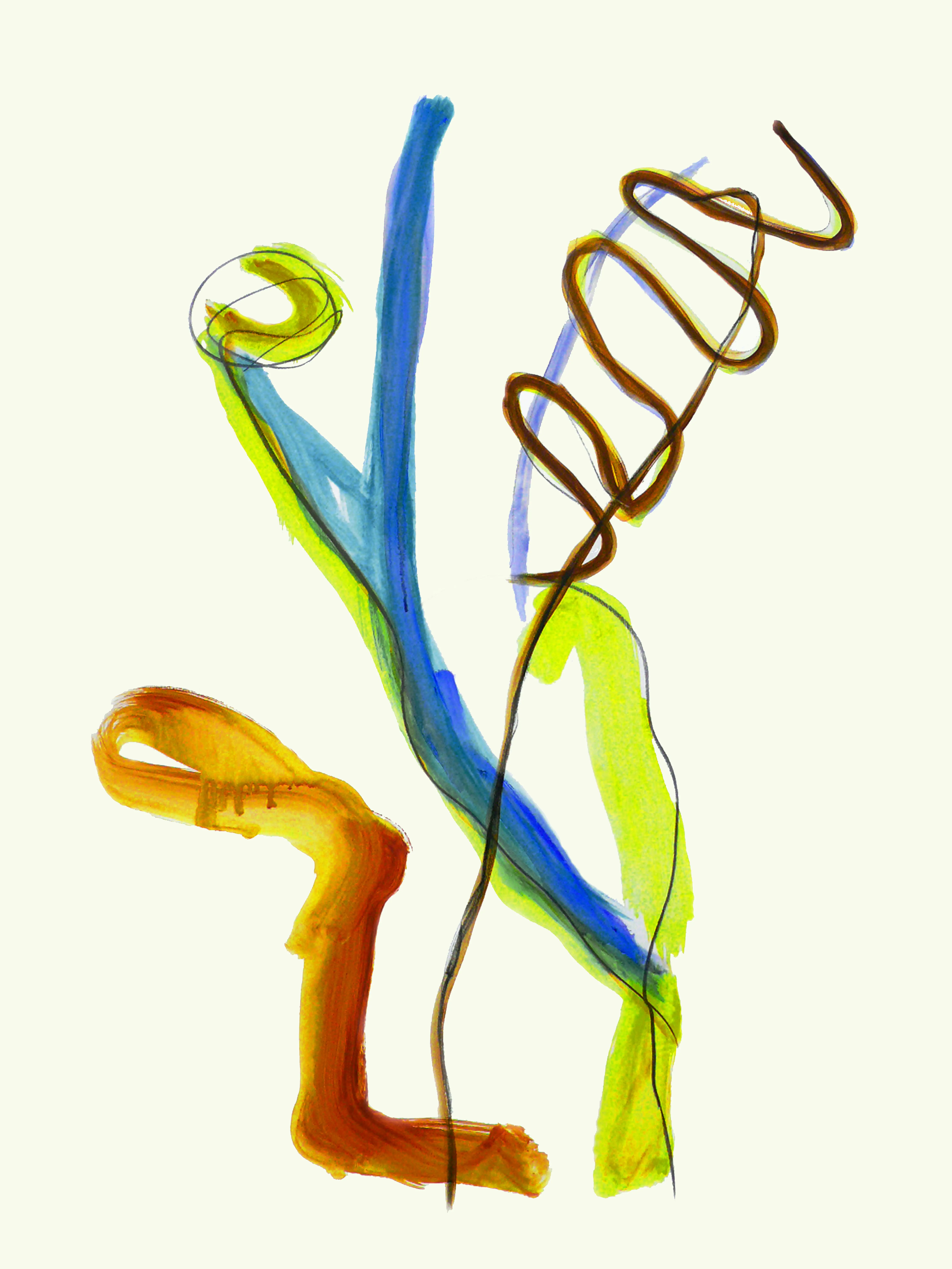Why Women Are at Double the Risk of Alzheimer’s

Women make up nearly two-thirds of all Alzheimer’s cases, a striking disparity that has puzzled scientists for decades. Now, a growing body of research is beginning to explain why.
A new study from Harvard researchers highlights two major biological factors that may be driving the increased risk: sex chromosomes and menopause.
Unlike men, who carry one X and one Y chromosome, women carry two X chromosomes. That second X comes with a unique set of regulatory genes, including immune-related genes that may behave differently over time. The new findings suggest that as women age, changes in X-linked gene expression could contribute to brain aging in ways that differ from men.
The second piece of the puzzle is menopause, which causes a steep drop in estrogen levels, a hormone known to play a protective role in brain health. Researchers are increasingly linking the hormonal shifts during and after menopause to changes in brain metabolism and immune function, both of which are tied to Alzheimer’s pathology.
"These factors may interact in complex ways that leave the aging female brain more vulnerable," said Dr. Lisa Mosconi, a neuroscientist studying the intersection of hormones and neurodegeneration. Her research shows that women’s brains often begin showing Alzheimer’s-related changes years earlier than men’s.
Imaging studies and blood biomarker analyses have revealed distinct patterns of brain aging in women, particularly in memory-related areas like the hippocampus. Some of these shifts appear to accelerate after menopause.
Importantly, this doesn’t mean women are doomed to develop Alzheimer’s. But it does raise urgent questions about whether current prevention and treatment strategies—which are often based on male-dominant data—adequately account for sex-specific risks.
The findings support a growing push for sex-aware neuroscience, encouraging clinical trials to design interventions that reflect biological differences. They also suggest that timing hormone replacement therapy and monitoring women at midlife could be critical in reducing risk.
While Alzheimer’s affects millions worldwide, understanding why it strikes women more often may be key to unlocking better treatments—for everyone.